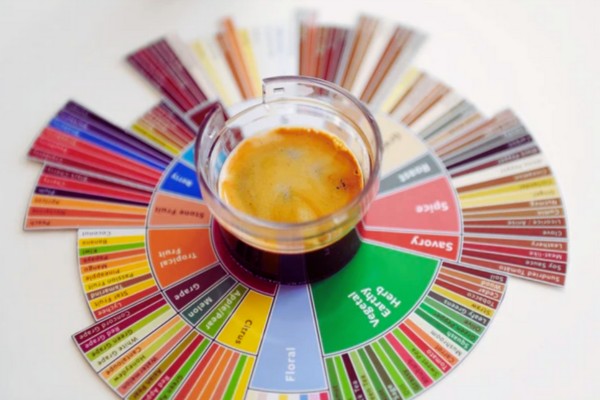
A Guide to Coffee Acidity
What does 'acidity' mean in coffee? This guide explains the science behind coffee acidity, how it affects flavor, and what factors—from origin to roast level—influence the bright, sparkling notes in your cup.
What is Acidity in Coffee?
When we talk about "acidity" in coffee, we're not talking about the pH level or how it feels in your stomach. In the coffee world, acidity is a desirable flavor characteristic, a key component of a well-balanced cup. It refers to the bright, tangy, sparkling, or crisp sensation on the palate, similar to what you might experience with a juicy apple, a slice of lemon, or a glass of wine.
Acidity is what gives coffee its liveliness and complexity. Without it, coffee can taste dull, flat, and boring. It's one of the main attributes that professional coffee tasters evaluate when determining the quality of a coffee.
The Science Behind the Flavor
The acidic flavors in coffee come from a variety of organic acids that are naturally present in the coffee bean. The most common acids include:
- Citric Acid: Reminiscent of lemons, oranges, and grapefruits.
- Malic Acid: A softer acidity, often associated with the taste of apples, pears, and stone fruits like peaches or plums.
- Phosphoric Acid: A unique acid that can make coffee taste sweeter and more "sparkling" or effervescent. It's famously present in coffees from Kenya.
- Tartaric Acid: Often described as a sour, wine-like flavor, similar to grapes.
- Acetic Acid: The same acid found in vinegar. In small amounts, it can add a pleasant sharpness, but at high concentrations, it's considered a defect.
Factors that Influence Acidity
The level and type of acidity in your coffee are influenced by several factors throughout its journey from farm to cup.
1. Coffee Origin and Altitude
Where the coffee is grown has a massive impact on its flavor profile.
- High-altitude regions (like Ethiopia, Kenya, and Colombia) are known for producing coffees with high, bright, and complex acidity. The slower maturation process at high altitudes allows more complex sugars and acids to develop in the bean.
- Low-altitude regions (like Brazil and Sumatra) tend to produce coffees with lower, milder acidity.
2. Coffee Variety
Different varieties of the Arabica species have different flavor characteristics. For example, the prestigious Geisha variety is renowned for its delicate, tea-like body and jasmine-like floral notes with a gentle, citric acidity.
3. Processing Method
How the coffee cherry is processed after harvesting is a key determinant of acidity.
- Washed Process: The fruit is scrubbed off the bean before drying. This method tends to produce coffees with a very clean, bright, and pronounced acidity, as nothing stands in the way of the bean's inherent flavors.
- Natural Process: The bean is dried inside the entire coffee cherry. This imparts a lot of fruity, fermented flavors and results in a coffee with a lower, more wine-like acidity and a heavier body.
- Honey Process: This is a middle ground, resulting in a cup that balances the clarity of a washed coffee with the fruity sweetness of a natural.
4. Roast Level
Roasting has a direct effect on the acids in the coffee.
- Light Roasts: Preserve the most organic acids, resulting in a coffee with the highest and most noticeable acidity. This is why roasters choose a light roast for coffees with delicate, complex flavor profiles.
- Medium Roasts: Begin to break down some of the acids, leading to a more balanced and rounded cup with lower acidity.
- Dark Roasts: Decompose most of the original organic acids. The perceived "acidity" in a dark roast is often from the quinic acid created during roasting, which can have a sharp, bitter, or "roasty" flavor.
So, the next time you see "bright" or "sparkling" on a bag of coffee, you'll know it's referring to the pleasant, lively acidity that makes that particular coffee unique and delicious. Don't be afraid of it—embrace it!


